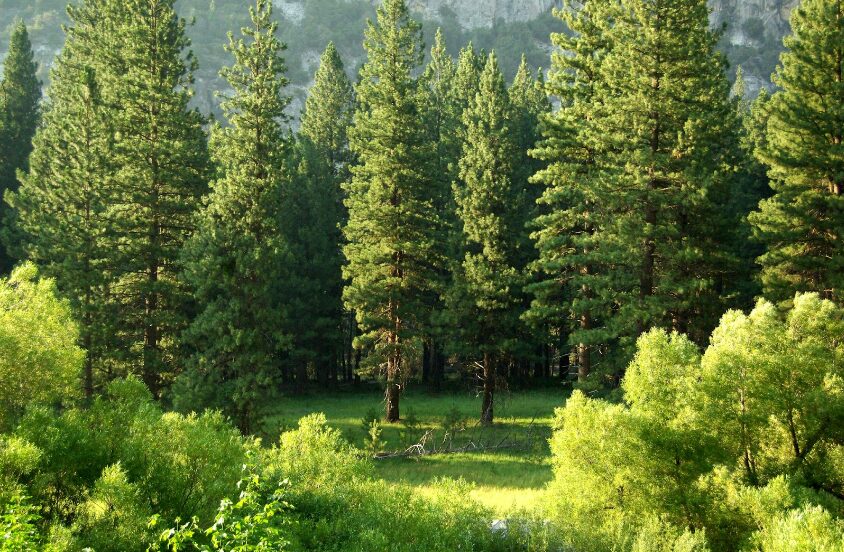Have you ever noticed how the first thing that catches your eye when you pass by a house is its landscaping? The way the lush green grass and colorful flowers are artfully arranged can truly make a house stand out.
Trees are also an important part of landscaping that can significantly enhance a property.
A well-placed tree can provide shade and privacy and even contribute to a home’s overall aesthetics. Whether it’s a towering oak or a delicate cherry blossom, trees can add a sense of tranquility and natural beauty to any yard.
Trees are beautiful additions to your yard and provide many benefits, such as shade, privacy, and improved air quality. They can also boost your home’s value; many people prefer to have some trees in their yard.
However, picking the right trees for your yard can feel overwhelming. Factors such as climate, soil type, space availability, and maintenance requirements are crucial in determining which trees will thrive in your specific environment.
Read on as we walk through the steps to choosing the perfect trees for your yard.
1. Take a close look at your yard
Begin by assessing your yard’s conditions, including soil type, drainage, sunlight exposure, and available space. Consider potential obstacles like buildings or overhead power lines and the amount of sunlight your yard receives throughout the day.
2. Determine what you like and need
Consider your goals for the tree, including shade, privacy, seasonal color, or fruit production. Also, consider your aesthetic preferences, such as size, shape, and foliage type.
3. Research tree species
After assessing your yard’s conditions and your preferences, research tree species that are well-suited to your area.
When choosing plants, prioritize native species adapted to the local climate, soil, and maintenance requirements. Also, consider growth rates and mature sizes.
4. Consider how it will impact your yard
When selecting trees, choose native species that support local ecosystems and wildlife by providing food and habitat for birds, butterflies, and other beneficial insects. Opt for drought-tolerant and disease-resistant trees to reduce water usage and the need for pesticides.
5. Consider the tree’s size at maturity
It is important to consider the full-grown size of the trees you choose to plant and their potential impact on your yard and surrounding structures. To prevent future issues with root intrusion or excessive canopy growth, avoid planting trees too close to buildings, fences, or utility lines.
6. Get professional advice
If you need help selecting trees, consult local nurseries, arborists, or extension offices. They can give recommendations based on your location and needs.
7. Think about maintenance requirements
Before making a decision, consider the ongoing maintenance needs of the trees you’re interested in. Some species may require more attention than others, including regular pruning, watering, or fertilizing.
8. Plant carefully
After selecting your trees, follow proper planting guidelines to give them the best chance of success. Pay attention to planting depth, soil preparation, and watering schedules.
Choosing the right trees for your yard requires careful consideration of various factors, including environmental conditions, aesthetic preferences, and long-term maintenance requirements.
By following these steps and seeking expert advice when needed, you can select trees that will enhance the beauty of your yard and thrive for years to come, providing countless benefits for you and your local ecosystem.
10 Cheap Landscaping Ideas That Won’t Bust Your Budget


